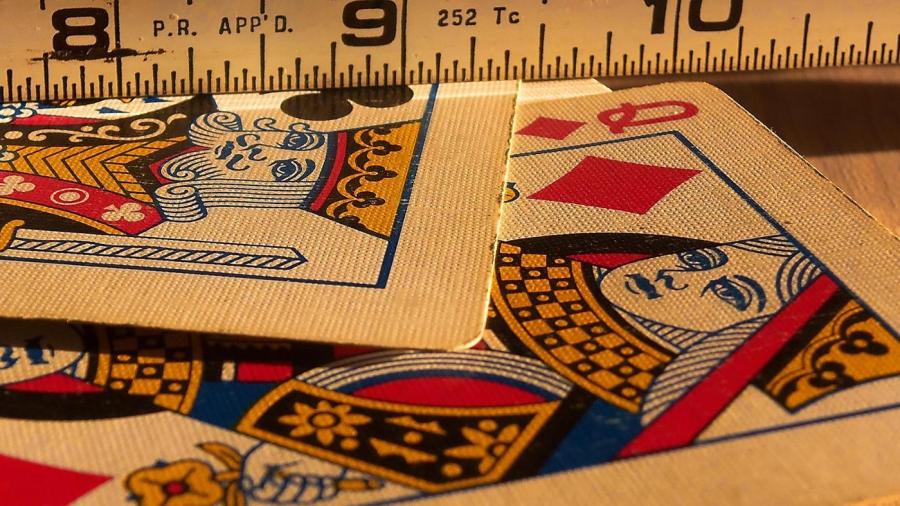What Is a Millimeter on a Ruler?

A metric ruler is used to measure things in centimeters and millimeters with 1 centimeter equaling 10 millimeters, so a ruler will have 10 tiny millimeter lines between each centimeter to denote the millimeter. This can be seen by looking at the ruler and seeing the longer lines on the ruler, which are centimeter marks, and the shorter lines on the centimeter, which are millimeter marks.
A standard 12-inch ruler is 30 centimeters long. Centimeters can be abbreviated as cm and millimeters can be abbreviated as mm.
Rulers can come in many forms with different size and fractional divisions depending on the application that the ruler is intended for. Rulers also come in many material forms, such as plastic, fabric, metal and wood. Rulers are also designed to employ the natural number system in its natural sequence (1, 2, 3, 4, 5, …) and so measurements are counted through this sequence.
The ruler is a sophisticated device that holds the history of ideas and concepts that are completely fundamental to the study and act of measurement. The abstract mathematical properties of the ruler transcend the concrete instrument of the ruler. On a ruler the ordered natural numbers correspond directly with the unit, inches or centimeters. The left-most edge of the ruler is the beginning and is there to show the absence of units.





